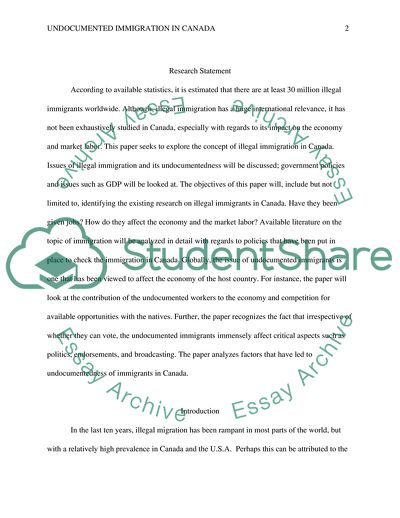Cite this document
(Impact of Undocumented Immigration on Canadian Economy and Labor Research Paper, n.d.)
Impact of Undocumented Immigration on Canadian Economy and Labor Research Paper. https://studentshare.org/macro-microeconomics/1848902-impact-of-undocumented-immigration-on-canadian-economy-and-labor-market
Impact of Undocumented Immigration on Canadian Economy and Labor Research Paper. https://studentshare.org/macro-microeconomics/1848902-impact-of-undocumented-immigration-on-canadian-economy-and-labor-market
(Impact of Undocumented Immigration on Canadian Economy and Labor Research Paper)
Impact of Undocumented Immigration on Canadian Economy and Labor Research Paper. https://studentshare.org/macro-microeconomics/1848902-impact-of-undocumented-immigration-on-canadian-economy-and-labor-market.
Impact of Undocumented Immigration on Canadian Economy and Labor Research Paper. https://studentshare.org/macro-microeconomics/1848902-impact-of-undocumented-immigration-on-canadian-economy-and-labor-market.
“Impact of Undocumented Immigration on Canadian Economy and Labor Research Paper”. https://studentshare.org/macro-microeconomics/1848902-impact-of-undocumented-immigration-on-canadian-economy-and-labor-market.


